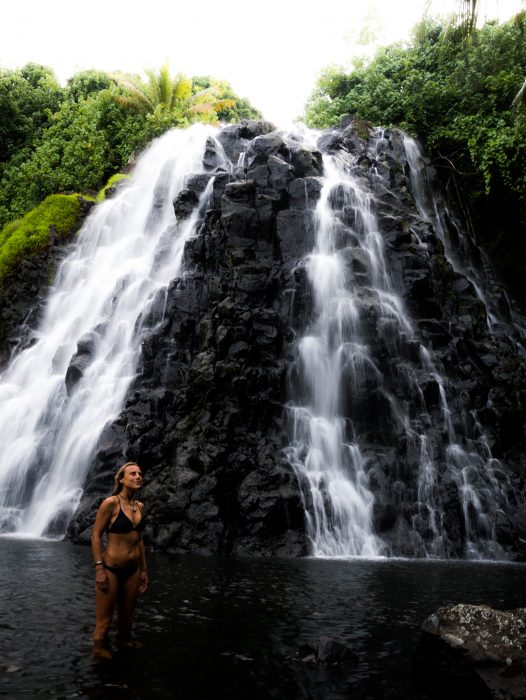With my face glued to the car window, mouth agape, making ooos and aahhhs I kept Vaughn and Kayem well amused as they drove myself and Sonia through the stunning scenery of Pohnpei to Nihco Marine Park. And even after a month spent on the island, my jaw never ceased to be dropped as I was always blown away by this incredible place.
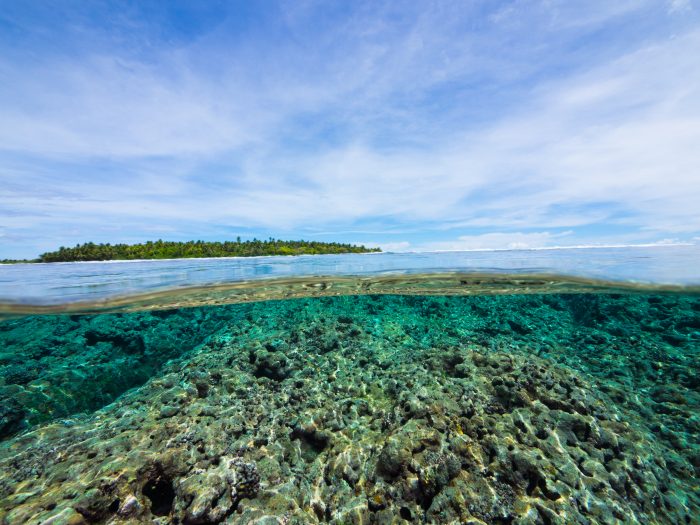
I came to Pohnpei with the brilliant evolutionary biologist Sonia Rowley, winner of the David Attenborough award for exceptional Field Work in science (the third person ever to receive the award). And boy, is her field work exceptional. With the use of rebreather technology she is able to go depths that few would even fathom of going to. Every day she would descend the reef walls of Pohnpei and it’s surrounding atolls to 140 meters to collect data from the deep.
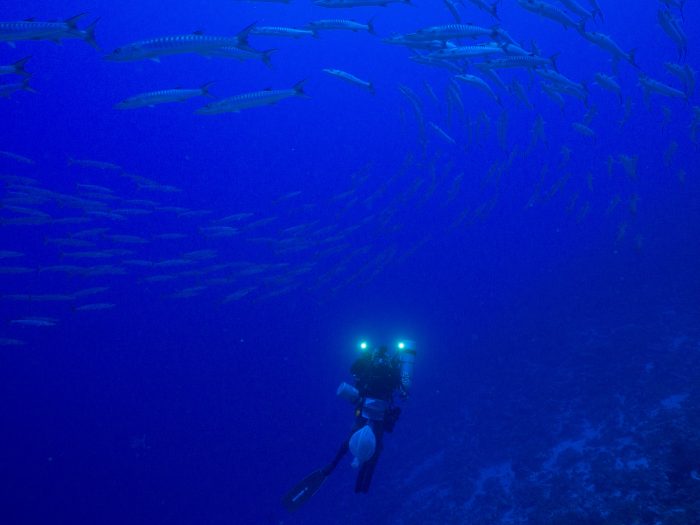
Her muse that takes her to this incredibly environment are gorgonians, also known as Octocorals or fan corals. Since very few have explored down there, there are so many new species yet to be found, described and after most dives Sonia would surface holding a new species!
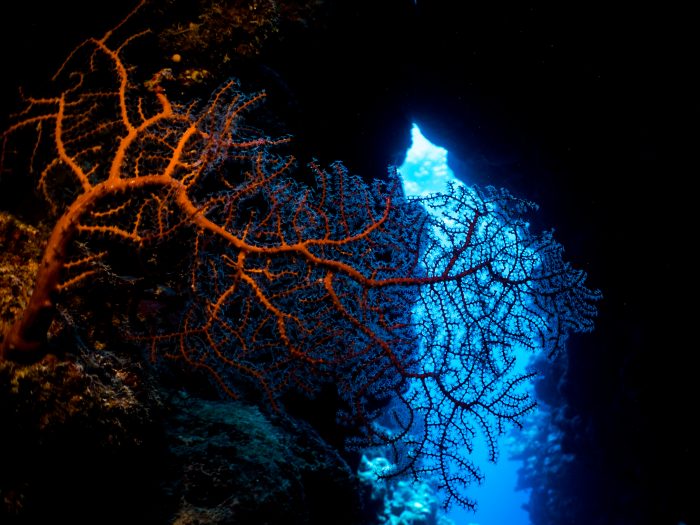
It’s quite impossible to try to define the work that Sonia does as it manages to cover every aspect of marine biology from evolution, ecology, molecular and behaviour and it was truly inspirational to see this woman in action. Myself and Dan decided to make an acronym for SONIA (Sub Observing Nearly Into the Abyss) We would shout “Deploy the SONIA”, as every time she descended, she looked like a space rover with countless tools clipped onto her for the multiple experiments and data collection she would conduct during her 6 hour dive.
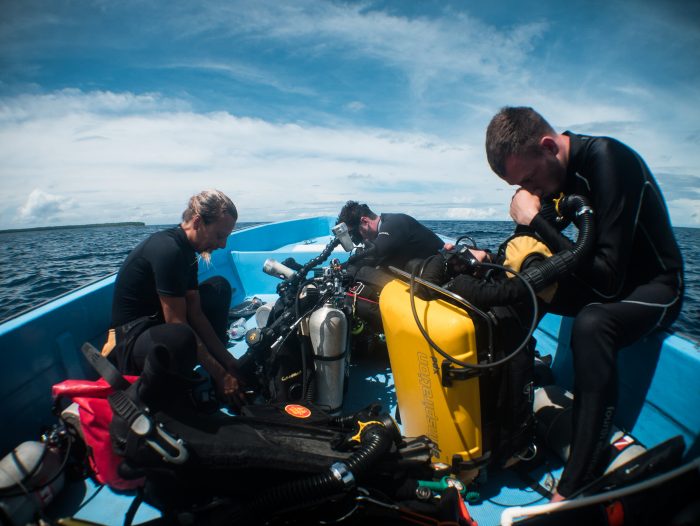
Of course, as a newbie to rebreather diving I was limited to 30 meters. However, I was still able to stay in the water for three hours, and was tasked with identifying the sponge species found at different depths to help Sonia build a pattern of the distribution of species with depth.
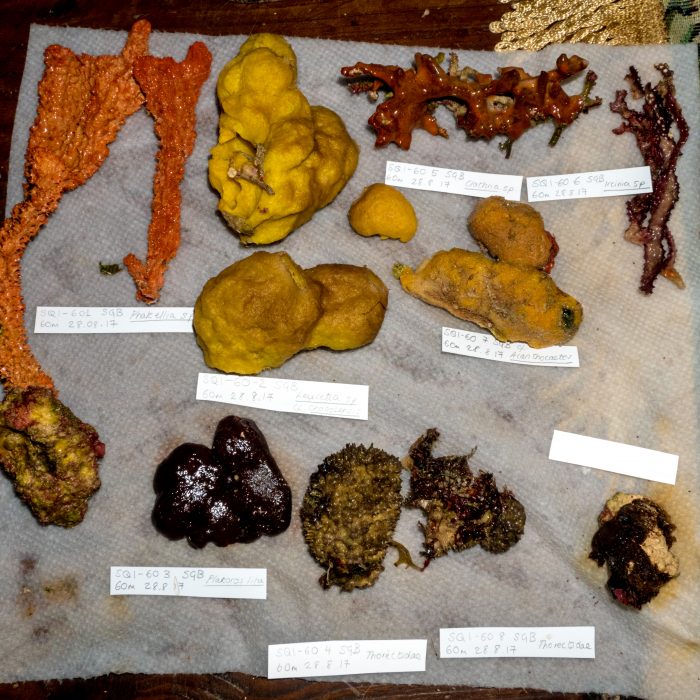
It began to become very apparent that not all the life is shallow. Far from it. Obviously some species are limited to the shallow regions of the reef if they rely on sunlight. But if they don’t, then they can penetrate further down into the depths. We were joined by many different scientists from varying institutions, and the guys from James Cook University who are at the forefront of coral reef ecology explained to me that this was an interesting paradigm they were trying to solve and figure out; what really does determine the patterns we see in nature? Even after years of scientific research, we are still unsure to what drives the distribution of species.
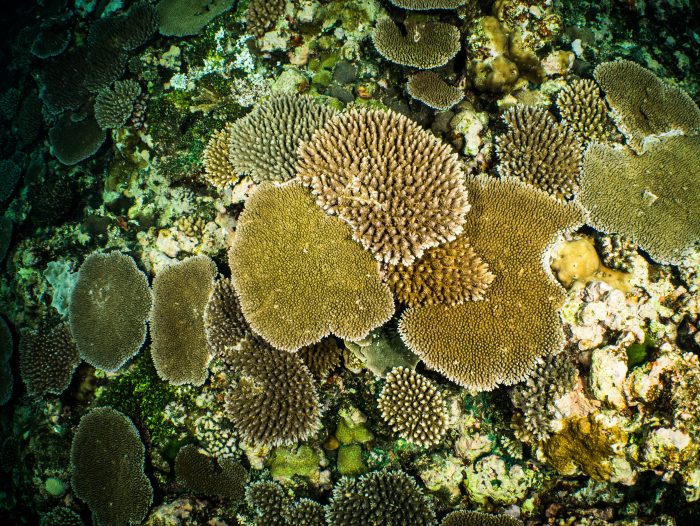
Most dives I would have my head in crevices searching for sponges along my transect line, so much so I would miss sharks swimming above my head and huge schools of barracudas. But even with these great sightings, I still must be honest when I say the reefs of Pohnpei, probably one of the most remote locations I’ve ever been to (taking me 52 hours to get there from Grand Cayman), weren’t in the best conditions.
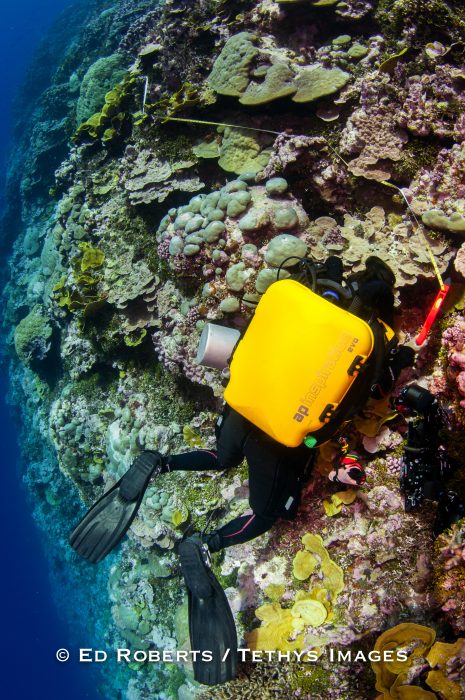
And this is only a recent occurrence. Sonia has been studying the reefs of Pohnpei for the last 4 years, and was astonished by how different they looked from her last visit. In 2016 just after Sonia left, there was a huge amount of coral bleaching in Pohnpei, where corals lose their colour that helps them photosynthesise, which without for an extensive period will cause them to die. Now, the shallow reefs of the atolls look like a graveyard of a coral reef, where most colonies has been covered in a layer of pink crustose coralline algae, almost mummifying the corals… and unfortunately they cannot be resurrected from this state. BUT this is the perfect substrate for baby corals to colonise, and so there is hope that in a few years time, the reefs on the atolls will be back. IF, nothing else happens.
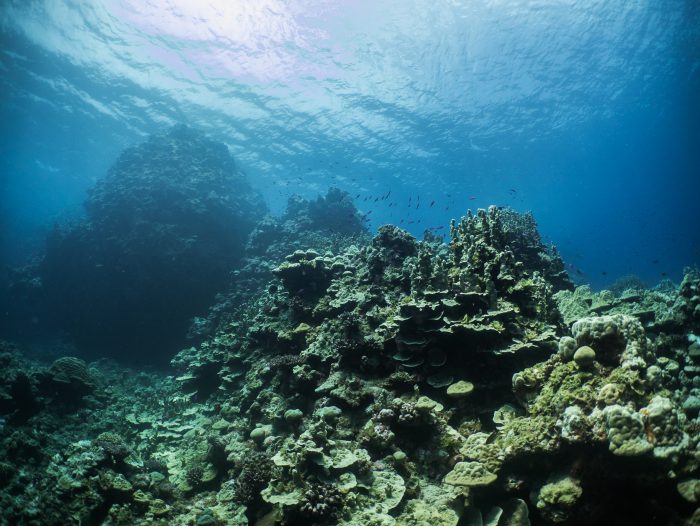
Yet, that’s seems a dubious outcome as surveying the reefs there were dozens of Crown of thorns, a cousin of the starfish, which loves to devour corals. If the reefs avoid being totally munched by these guys they still have to contend with the fact that there is a huge lack of fish on the reef due to over fishing. As we drove out of the lagoon to the dive sites, we would pass the ominous threat of international fishing vessels with their huge nets, who were fishing in the Micronesian waters for tuna and other commercially targeted fish species. What made this sight worse was the fact that non of the fish caught on these boats would make it back to the people of Pohnpei. Instead they would be transported all the way back to China, Japan and Korea in tin cans.
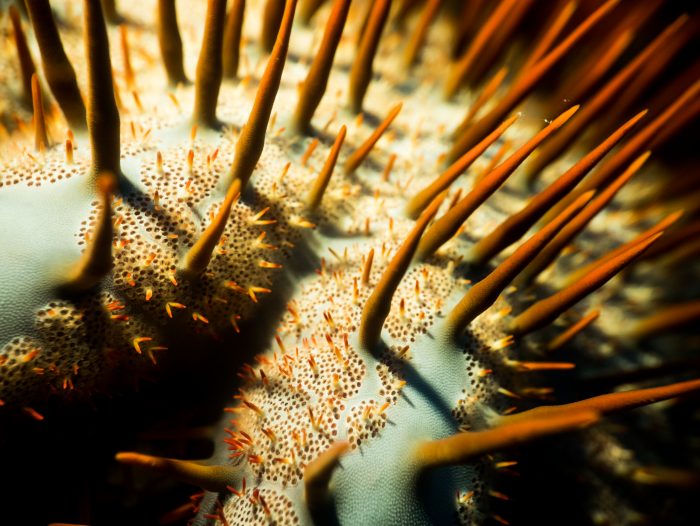
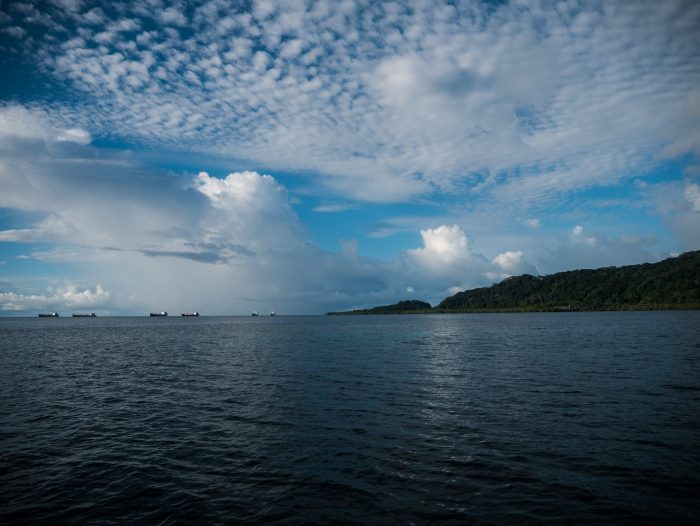
With a big hole in the food chain created by depleting the population of commercially targeted species, there was a lack of herbivorous fish that resulted in an overgrowth of algae. So, areas of reef that had not been hit by the bleaching were instead slowly being overgrown by algae, smothering them… It doesn’t seem like the shallow reefs are having much luck. However, Sonia would tell me that the depths were still looking good. With plenty of fish, sharks and of course her gorgonians!
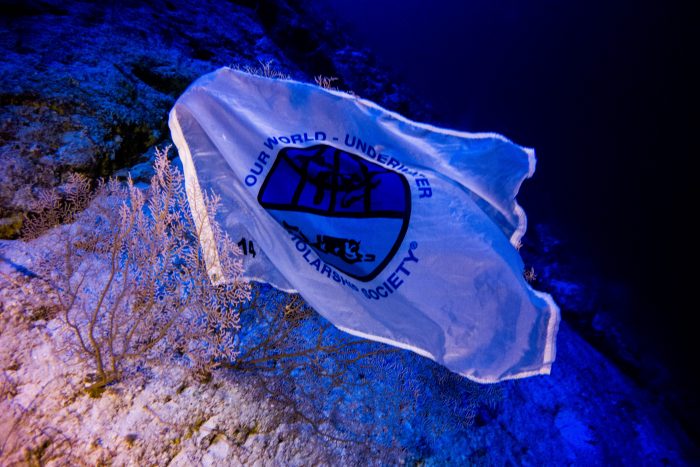
Another positive to look towards was the result of an outreach event Sonia organised with one of the local colleges. Throughout the whole hour their mouths were just as wide as mine when I first arrived in Pohnpei, as they were amazed at what their little island held beneath the waves.
Even more so, they were super engaged when we touched upon the issues their reefs held and wanted to know what they could do to contribute and who to talk to, to get their voices heard. They realised that the land and sea is connected and we have to think in the long term if future generations are to benefit from the wealth of the oceans.
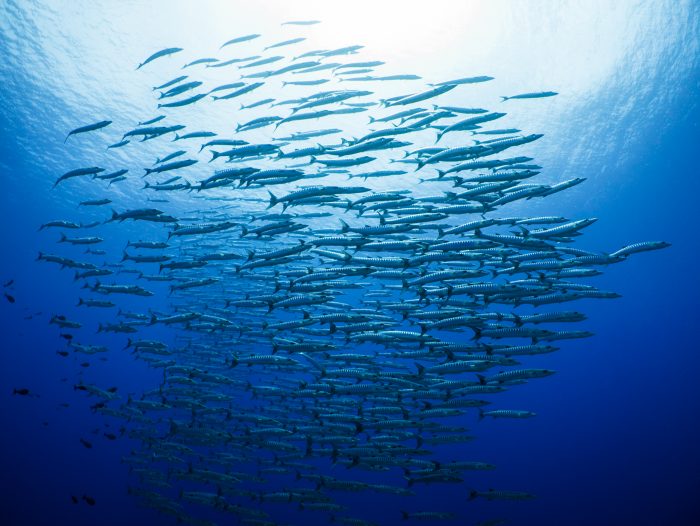
I feel transparency with the locals is such a crucial part of conducting scientific research. And Sonia does this brilliantly in Pohnpei as all the data and footage she collects is given to anyone who wants it. Every evening, we would sit with the family and staff of Nihco, who would drink Sakau (a traditional drink they make my banging the sakau root and squeezing it with hibiscus bark to produce a muddy looking beverage you consume from a coconut cup that makes you relaxed and lethargic). The locals would ask us what we found and would be super appreciative of the work we were doing, especially telling them about how their reefs were doing.
It’s hard for me to explain how much I got out of my time on the expedition. It was incredible to be surrounded by some exceptionally intelligent scientists, who reminded me of how much I loved science. Asking questions, being curious and exploring new places because we can! Its apart of being human.
Additionally, I had one of the best birthday presents ever and had a brand new dive site named after me on Ant Atoll!
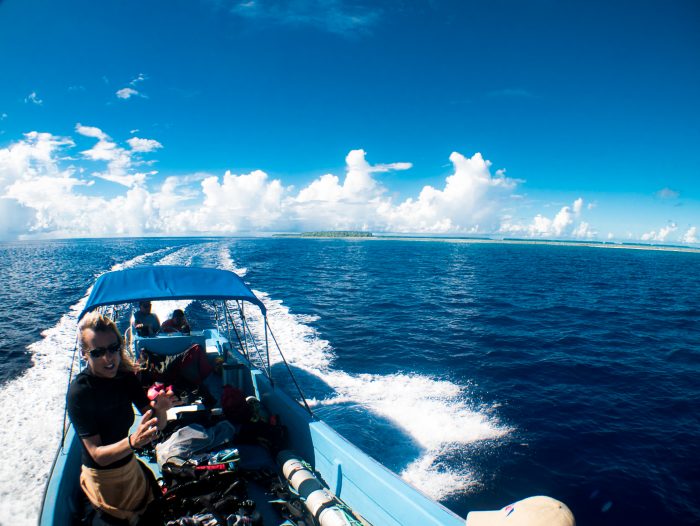
There are so many people to thank for my time here. Wilber, the absolute legend who owns Nihco Marine park was the most openhanded host. Him and his family were incredibly generous and super supportive of Sonia’s research that gave us more drive to go out everyday to collect data.
But of course, the biggest thank of this month goes to Sonia for inviting me along on her expedition. I doubt I’ll ever meet such a tenacious woman again who never ceased to pursue her science, whatever came her way. Thank you for all of the advice whether it was science, diving or life based… I’m eternally grateful for learning from you and hope to one day be as impressive as you are. And nothing will make me laugh as much underwater as when you came up to me with a super squeaky voice after breathing helium asking for scissors because yours were broken!
